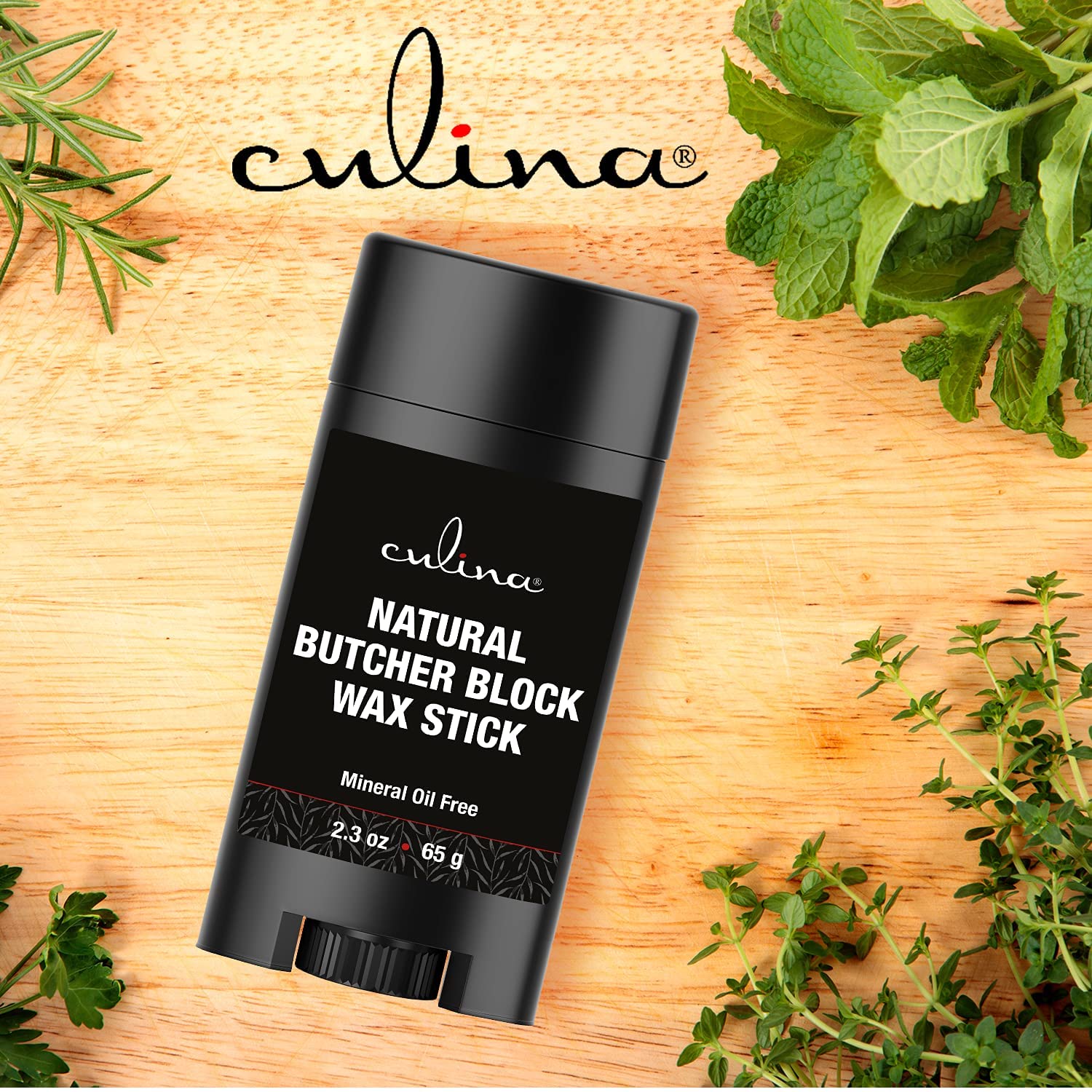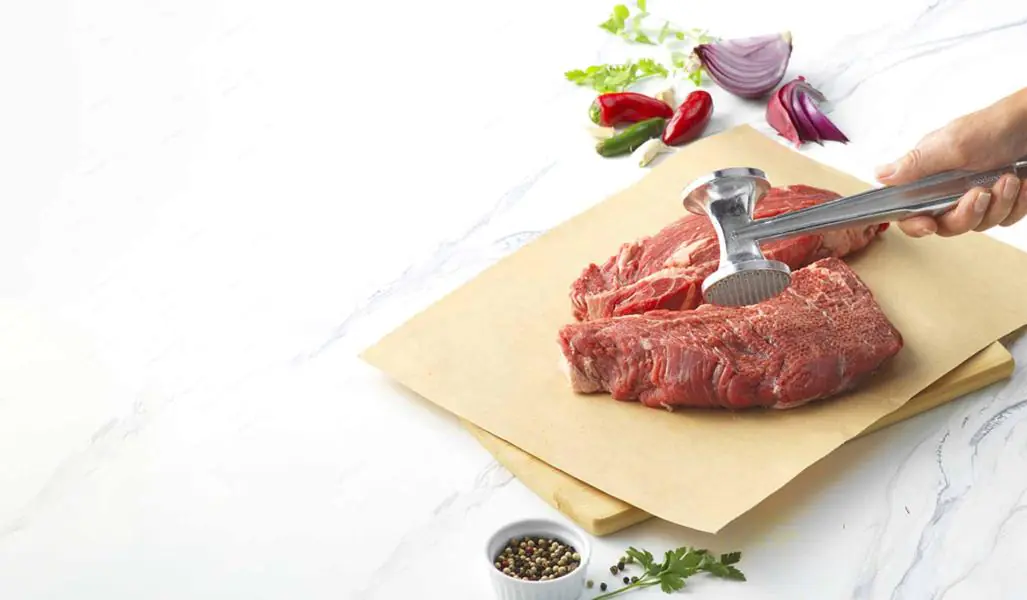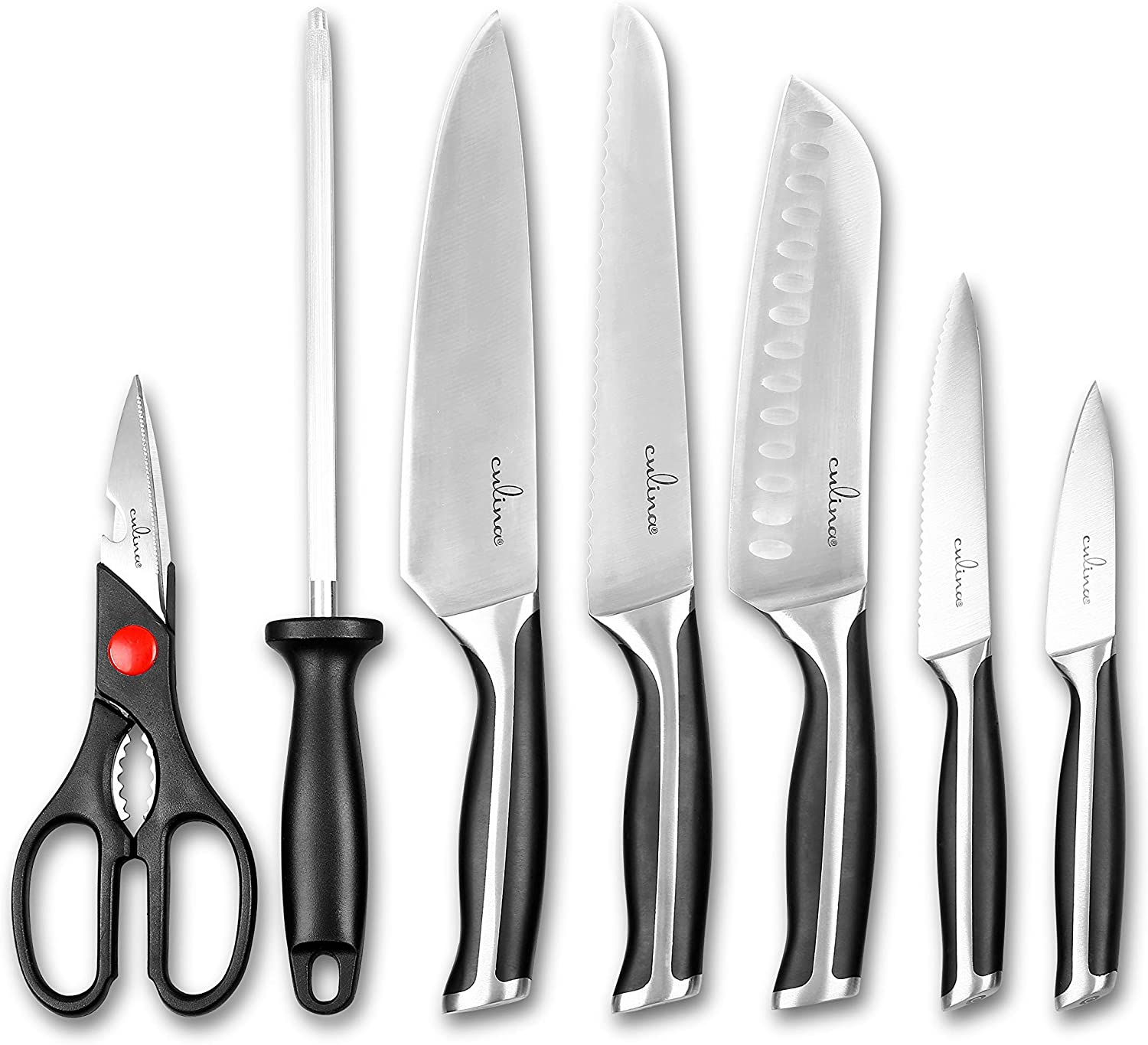When it comes to the culinary world, understanding how does a meat tenderizer work can be tremendously beneficial. Many chicken lovers often find themselves with tough cuts of chicken, but with the right knowledge and tools, this issue can be swiftly resolved. This article will delve into the mechanics behind meat tenderizers and explain why they are a game-changer in the kitchen.

What is a Meat Tenderizer?
Meat tenderizers are tools or substances used to break down the muscle fibers in meat, making it softer and easier to chew. There are various types of meat tenderizers, including mechanical, enzymatic, and powdered tenderizers.
Mechanical Tenderizers
Mechanical tenderizers, such as mallets or blades, physically break down the connective tissue in the meat. When you pound or pierce the meat, you are disrupting the muscle fibers, which helps to soften the meat.
Enzymatic Tenderizers
Enzymatic tenderizers use natural enzymes, commonly found in fruits like papaya and pineapple, to break down proteins in meat. These enzymes act as catalysts, speeding up the reaction that breaks down muscle fibers.
Powdered Tenderizers
Powdered tenderizers typically contain salt and enzymes. They are sprinkled on the meat and work by penetrating the surface to tenderize the inner layers.

The Science Behind Meat Tenderizing
Understanding the science of how does a meat tenderizer work involves exploring the structural composition of meat. Meat is primarily composed of muscle fibers, connective tissue, and fat. The toughness of meat is usually due to the collagen in the connective tissue. When heat is applied, the collagen turns into gelatin, making the meat tender.
How Heat Affects Meat
Heat plays a crucial role in the tenderizing process. As the meat cooks, the heat breaks down the collagen. Using a meat tenderizer helps this process by breaking down the fibers, allowing the heat to penetrate more effectively.

Why Use a Meat Tenderizer?
There are several reasons why using a meat tenderizer can enhance your cooking:
- Improves Texture: Tenderizers break down tough fibers, resulting in a smoother texture.
- Enhances Flavor: Tender meat absorbs marinades and spices more effectively.
- Reduces Cooking Time: Tenderized meat cooks faster due to the broken-down fibers.
Types of Meat Tenderizers
Mallet Tenderizers
Mallets are one of the most traditional forms of mechanical tenderizers. They have a flat surface for pounding meat, which breaks down the muscle fibers.
Blade Tenderizers
Blade tenderizers use sharp blades to pierce the meat. These tenderizers are excellent for creating small pockets that allow marinades to penetrate deeply.
Powdered Tenderizers
As mentioned earlier, powdered tenderizers are sprinkled on the meat and work through chemical reactions to soften it.
Using a Meat Tenderizer on Chicken
Step-by-Step Guide
For chicken lovers, heres how you can effectively use a meat tenderizer:
- Choose the Right Tool: Decide between a mallet, blade, or powdered tenderizer based on your needs.
- Prepare the Chicken: Place the chicken on a cutting board and cover it with plastic wrap to prevent splattering.
- Tenderize: Use your chosen tenderizer to break down the fibers.
- Marinate: To enhance flavor, marinate the chicken after tenderizing.
- Cook: Grill, fry, or bake the chicken as desired. For more cooking tips, check out our guide on cooking chicken drumsticks.
Do Meat Tenderizers Change the Flavor?
While meat tenderizers are primarily used to improve texture, they can also influence flavor. For example, enzymatic tenderizers from fruits add a subtle fruity taste to the meat. Similarly, powdered tenderizers containing salt can enhance the meats natural flavors.
Safety Tips When Using Meat Tenderizers
When using mechanical tenderizers, always be cautious of the sharp edges. Use plastic wrap or a bag to cover the meat and avoid flesh contact. Ensure the tenderizer is clean before use to prevent cross-contamination.
Cleaning Your Meat Tenderizer
Mechanical Tenderizers
After using, wash mechanical tenderizers with hot, soapy water. Blades and mallets should be thoroughly dried to prevent rusting.
Powdered and Enzymatic Tenderizers
Store powdered tenderizers in a cool, dry place. For enzymatic tenderizers, follow the storage instructions on the package.
Recommended Brands
There are several reputable brands for each type of meat tenderizer:
- Mallets: OXO, KitchenAid
- Blades: Jaccard, Westmark
- Powdered: McCormick, Adolphs
To learn more about different meat tenderizers, visit this external resource on meat tenderizers.
Alternatives to Commercial Meat Tenderizers
If you dont have a commercial meat tenderizer, here are some household alternatives:
- Rolling Pin: Use it to flatten and tenderize meat.
- Forks: Piercing the meat with a fork can also break down fibers.
- Fruit Marinades: Use pineapple or papaya juice to tenderize meat naturally.
Frequently Asked Questions (FAQs)
How Often Should I Tenderize Meat?
It depends on the cut and your preference. Tough cuts benefit from frequent tenderizing, while tender cuts may not need it as often.
Can I Over-Tenderize Meat?
Yes, over-tenderizing can make meat mushy. Its essential to strike a balance to maintain texture.
Is Tenderizing Necessary for All Types of Meat?
No, tenderizing is optional. Its beneficial for tougher cuts but not required for naturally tender meats like chicken breasts or tenderloins.
Which Type of Meat Tenderizer is Best?
Each type has its unique benefits. Mallet tenderizers are great for flattening, blade tenderizers for assisting marinades, and powdered tenderizers for quick and systematic tenderizing.
Conclusion
Understanding how does a meat tenderizer work can significantly enhance your cooking repertoire. Whether youre using mechanical, enzymatic, or powdered tenderizers, the objective remains the same: to make meat more enjoyable. With the right techniques and tools, even the toughest cuts can become tender and flavorful, making every meal a delight.
For more culinary insights, check our guides on cooking various chicken dishes, such as cooking chicken livers or chicken leg quarters in an air fryer.
As an Amazon Associate, I earn from qualifying purchases.








